In search of hidden Hawaii
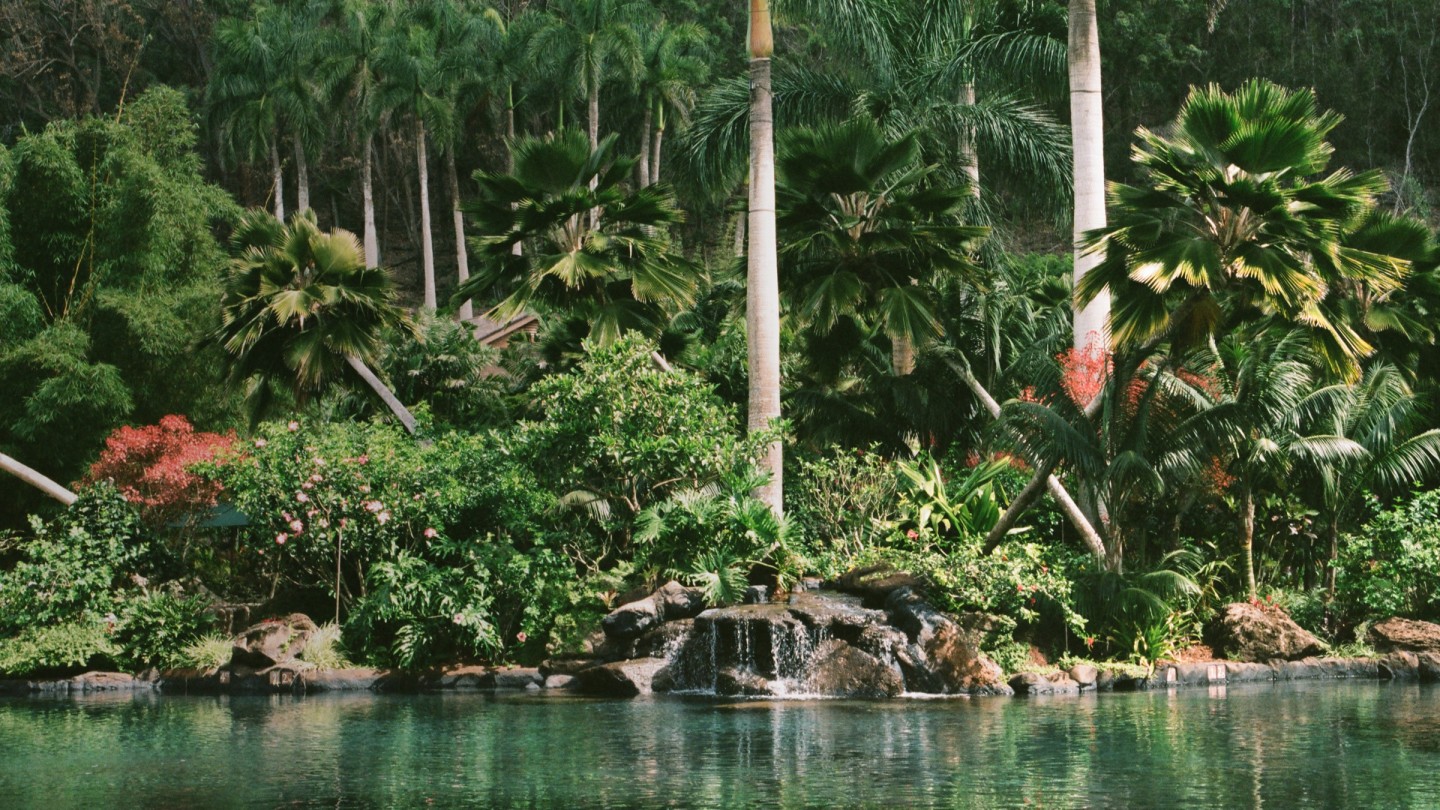
Roula Khalaf, Editor of the FT, selects her favourite stories in this weekly newsletter.
It is from above, looking down at Hawaii from a transcontinental jet on its descent to the islands after more than five hours of nothing but deep blue sea, that you feel, vividly, the precariousness of its perch within the vast Pacific. From the air these eight islands of Eden, sprouted from a deep-sea crevasse 20° north of the Equator and 2,000 miles from any continent, look little more than lily pads.
Maybe I am just projecting. And I would not be the first. In 1969, in the middle of a personal crisis, Joan Didion came to Hawaii, as she wrote, “in lieu of filing for divorce”. She hoped to find some perspective here but decided instead that “I am not the society in microcosm. I am a 34-year-old woman with long straight hair and an old bikini bathing suit and bad nerves sitting on an island in the middle of the Pacific waiting for a tidal wave that will not come.”
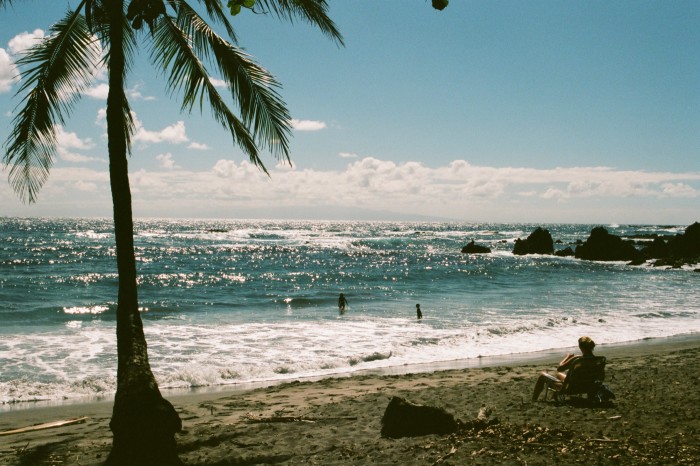
That tidal wave is probably familiar to anyone who, in times of crisis, will cut off connection with the wider world. And during the past two years, as Hawaii drew up the bridge to outside visitors, the islanders have had their own reckoning. “Hawaii is struggling,” says Patricia Loui, a third-generation Hawaiian resident and sometime presidential appointee to the Obama Administration, who is currently chair of the consulting firm Omnitrak which helped to bring about the Hawai’i Tourism Authority. The pandemic was brutal. “We went from one of the lowest unemployment rates in the nation to one of the highest in a few months,” she says. “The loss of tourism has forced [Hawaii] to look into a mirror and rediscover itself – warts and all.”
In a state of about 1.4 million residents, where much of the prime real estate and resources are occupied by the 10 million annual visitors, “we need to ask the tough questions [about land use]”, says Loui. “Should acres and acres of limited land be devoted to a private golf course or a secluded second home used only a few times a year?”
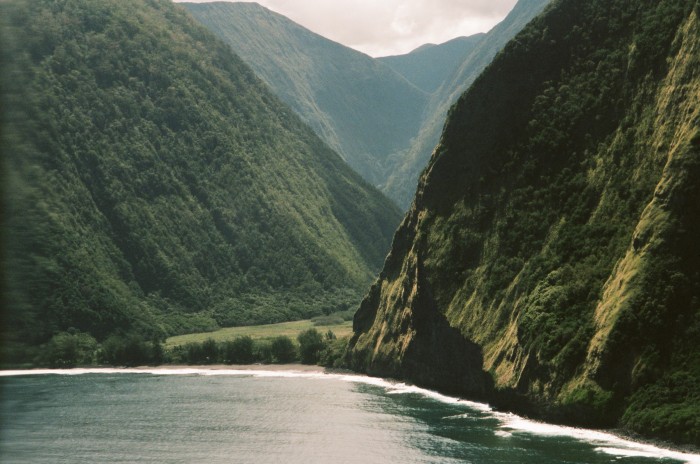
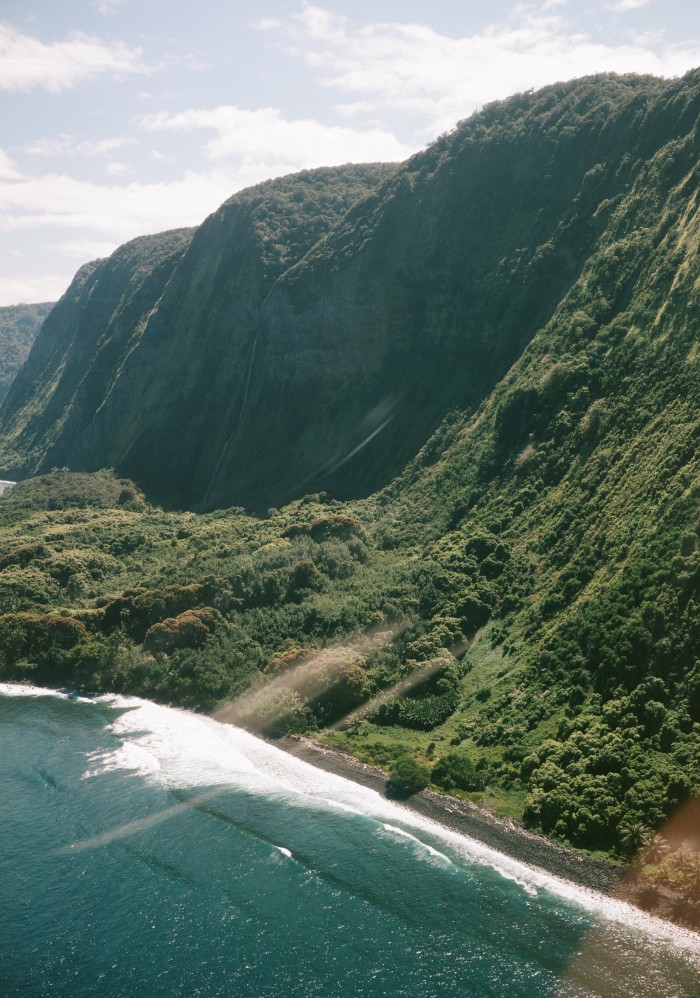
Following Hawaii’s formal inclusion into the United States in 1959, these balmy islands were marketed to the American leisure class as a tropical remove from their worries. Didion’s pastel-pink hotel was like a backdrop for an Agatha Christie-style yarn, where grandees travelling with trunks and nannies and valets could winter together on a private beach. What local culture these visitors did engage with was a sort of Polynesian pantomime: hula girls in grass skirts and coconut hats dancing for their entertainment, or else anointing them with leis while fixing mai tais by the pool. Not much has changed in the intervening decades: from Forgetting Sarah Marshall to The White Lotus, the cultural perception of the Hawaiian vacation stays pretty much the same.
For Loui, the future of Hawaii and its relationship to tourism shouldn’t be approached piecemeal, broken down by islands or community, but rather looked at holistically. “We need a unified plan to keep our families, economy, communities and lands perpetually abundant, managing the visitor and resident experience in a collaborative harmony,” she says. There are the beginnings of what she calls “intelligent destination-management programmes” on all of the islands, managed by the Hawai’i Tourism Authority.
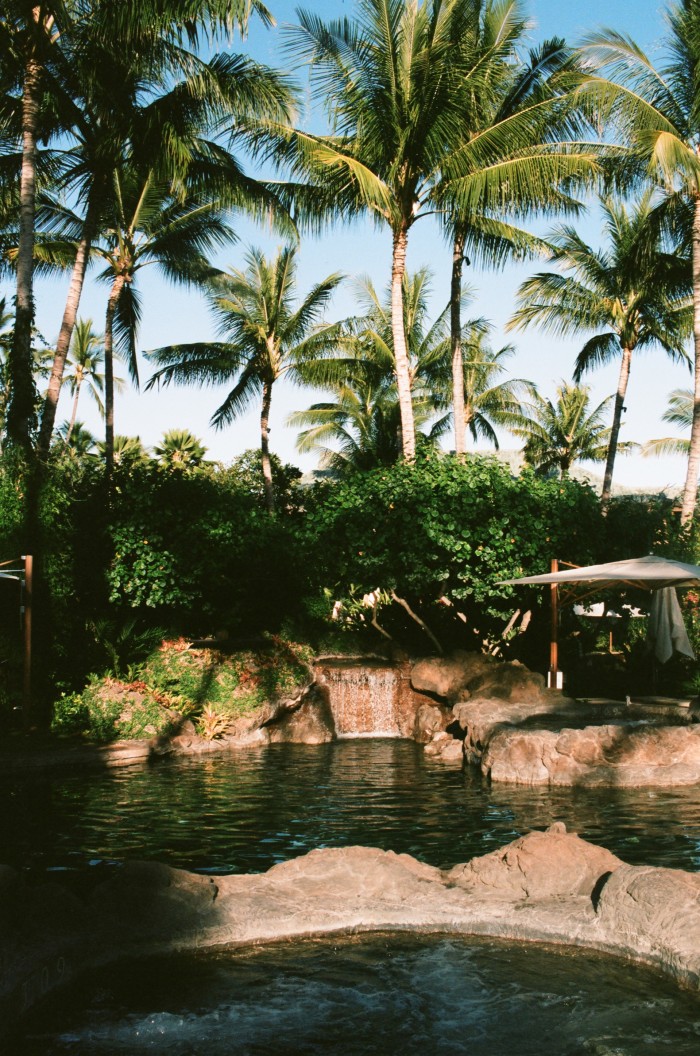
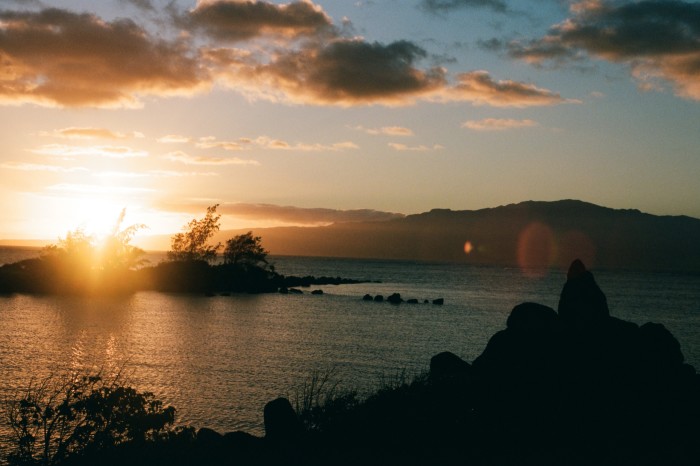
But it isn’t just the volume of tourists that’s the problem; there is also, she says, “the economic appropriation of our culture and heritage”. As Mexico attempts to outlaw cultural appropriation, one wonders whether Hawaii might similarly attempt the same. In the areas of agriculture and exports, Loui favours a European-style appellation control that would incentivise local production and keep revenue at home, the way France does with its champagne; the legislature started the process, she notes, by requiring that coffee wholesalers have 10 per cent coffee from Kona to use the place name.
I begin my visit to the islands on Maui; but as far away as possible from the all-inclusive hotel on the Kaanapali coast that was my first Hawaii experience, aged 12. Instead, the Hana-Maui Resort is a series of low-slung bungalows in Hana, at the north-eastern edge of the island, leading down a long mown-grass lawn to the sea. Tar-black and charcoal boulders give way in places to white sand beaches; the dormant volcano of Haleakalā looms majestically above. Pristine white stucco churches rise out of the emerald forest, their grounds of crabgrass shaded by plumeria and jacaranda trees encircled by stubbly walls of local basalt. I see about 20 people in total during my time there, and only then at dawn when they emerge for yoga by the pool, or at sunset when they cluster to watch the sky turn to cotton candy. The resort is both respectful of and intensely connected with the landscape – not to mention quite luxurious; a Cessna plane picks me up at the Maui airport – and the mood along this other Maui coast is one of meditative calm.
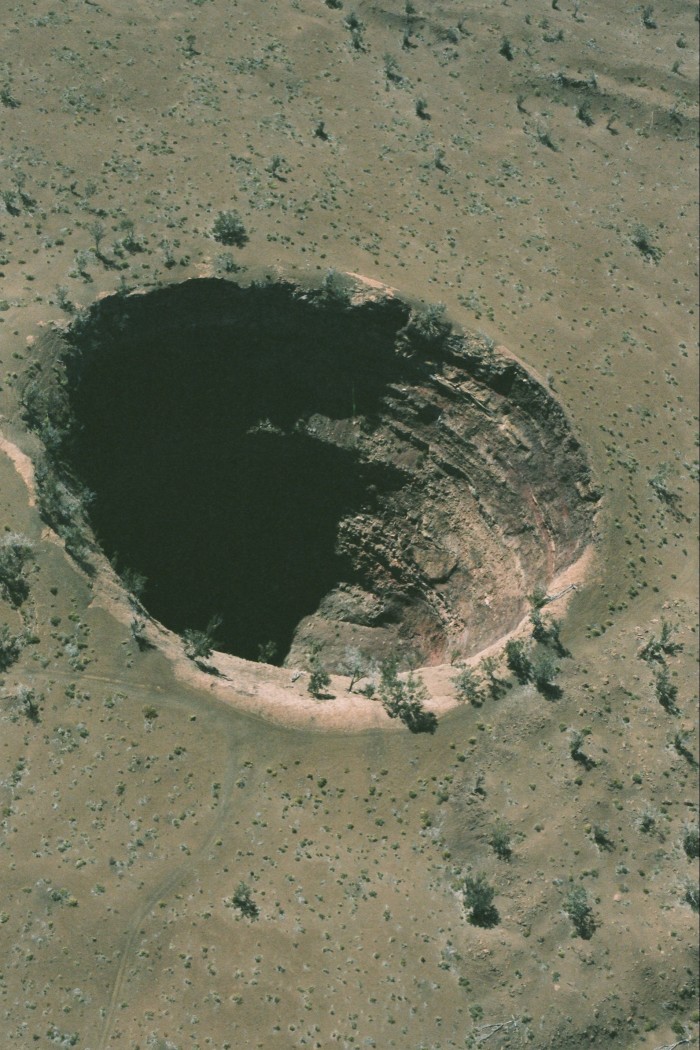
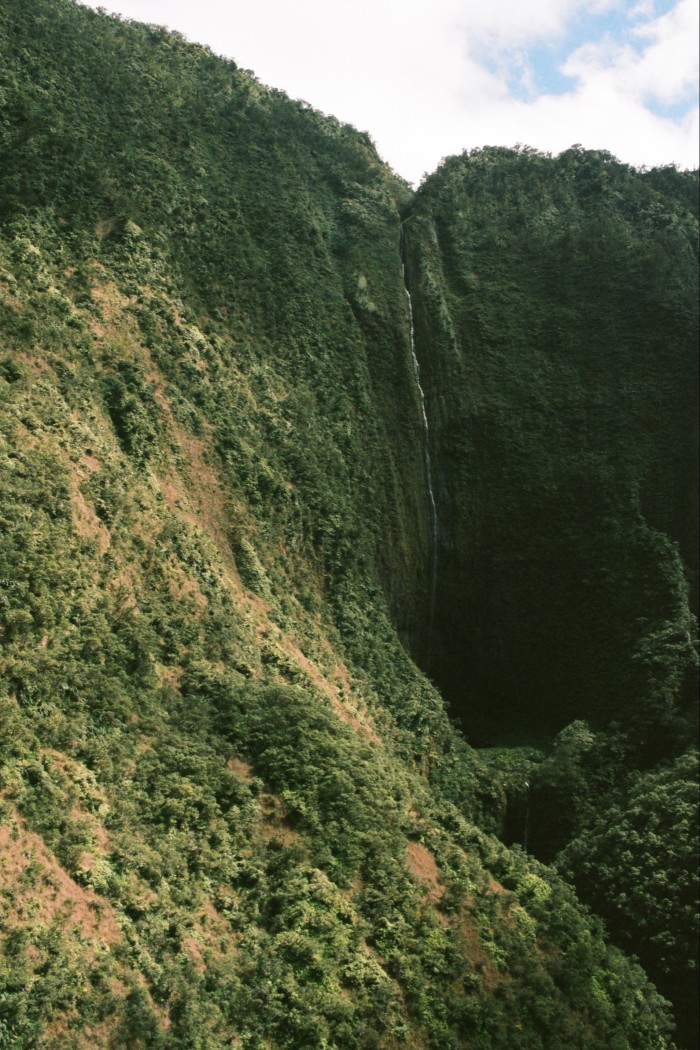
I venture further afield to Molokai, an island that remains remote. If mega-hotel-chain Maui sits on one end of a spectrum of modern Hawaii, the standoffish Molokai is the other end. The island seems defiantly opposed to tourism, having instead plotted a course of self-sufficiency based on its bountiful fishing lagoons, of which it is fiercely protective, and its farming. I make explorations in a borrowed car, driving out to grand waterfalls on the island’s eastern edge, trying (and failing) to hike over to the world’s highest sea cliffs, and exploring the low-lying lands of the west – where they have one of the longest white sand beaches in the state – to find soil even redder than the red on Maui; red like raw liver, or sweet vermouth.
To most mainlanders, Molokai is known as the site, from about the mid-1800s to the 1960s, of forced exile for those suffering from leprosy. Kalaupapa, where the original colony and later the clinic, were located, now has several entities vying for its control: state and national park interests (the National Park Service designated the promontory a historical park in 1980); enormously profitable tourist-industry ones (which have drawn up no fewer than four paths of future development on the promontory); native Hawaiians; and Molokai residents, for whom the promontory is sacred ground. In a few years, these competing interests, and possibly others, will determine the next chapter of Kalaupapa, and maybe Molokai in general. But right now, no one seems to know.
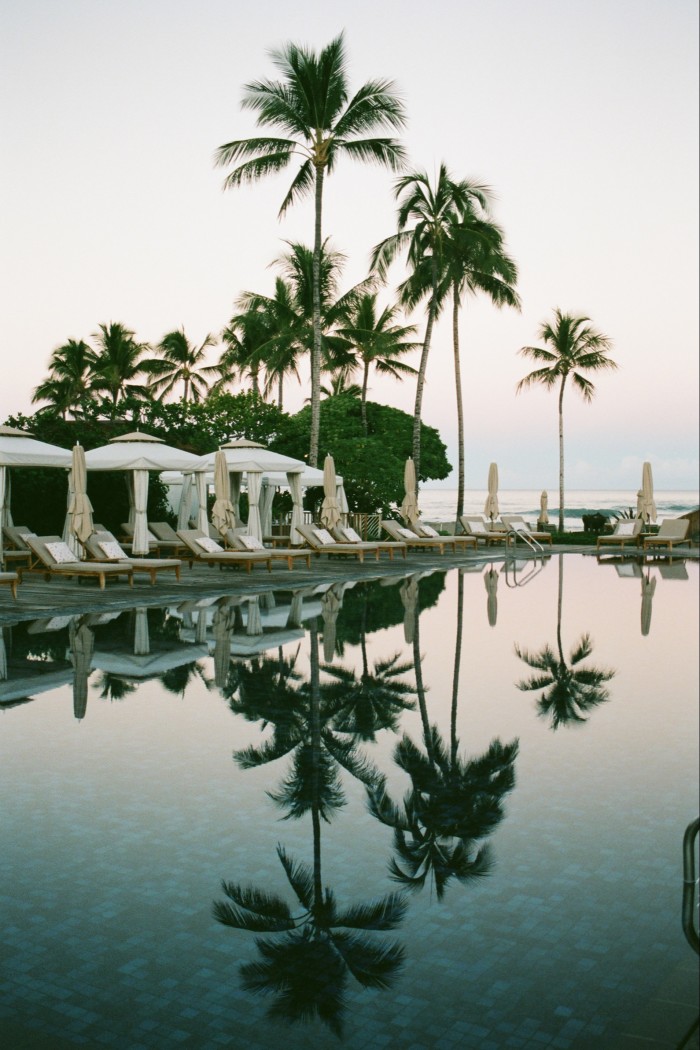
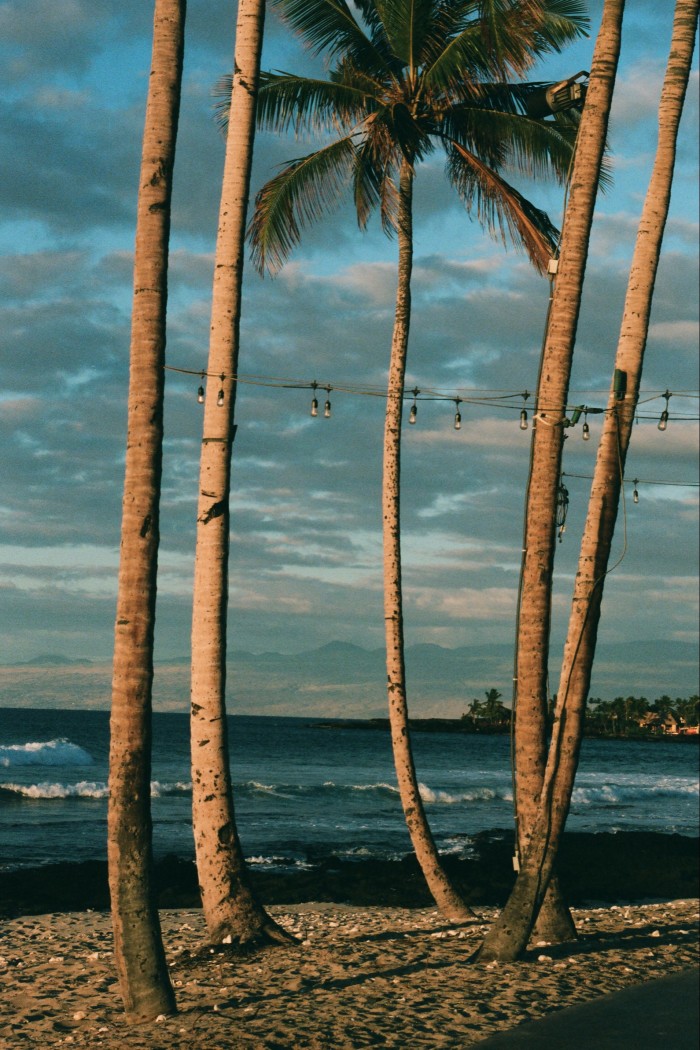
Just a few miles across the channel, but a million light years away from Molokai, is Lanai. Since Mormon missionaries acquired a plot there in the 1850s in order to establish a colony, Lanai has come under increasingly private ownership; in 2012, Oracle founder Larry Ellison purchased about 98 per cent of the island for a reported $300mn. And it does have a surreally beautiful screensaver landscape – even if the red earth erupts everywhere with black plastic, a holdover from the practices of the Dole pineapple corporation, which owned and operated the island for much of the 20th century.
Ellison, who recently moved to Lanai full time, is hoping to make it a 100 per cent green community in the coming years, in part with a solar-powerd farm he is building to be operated by Elon Musk’s Tesla batteries. He also owns three hotels on Lanai, two of which are operated by Four Seasons. I stayed at one of these, in Hulopoe Bay, near the site of one of the island’s ancient villages; I also made a visit to Sensei, the adults-only, wellness-centric resort built around the old plantation buildings in the central highlands, where an incredible tropical garden features sculptures from Ellison’s collection. They are among the most luxurious hotels I’ve ever visited and, as such, draw an affluent clientele.
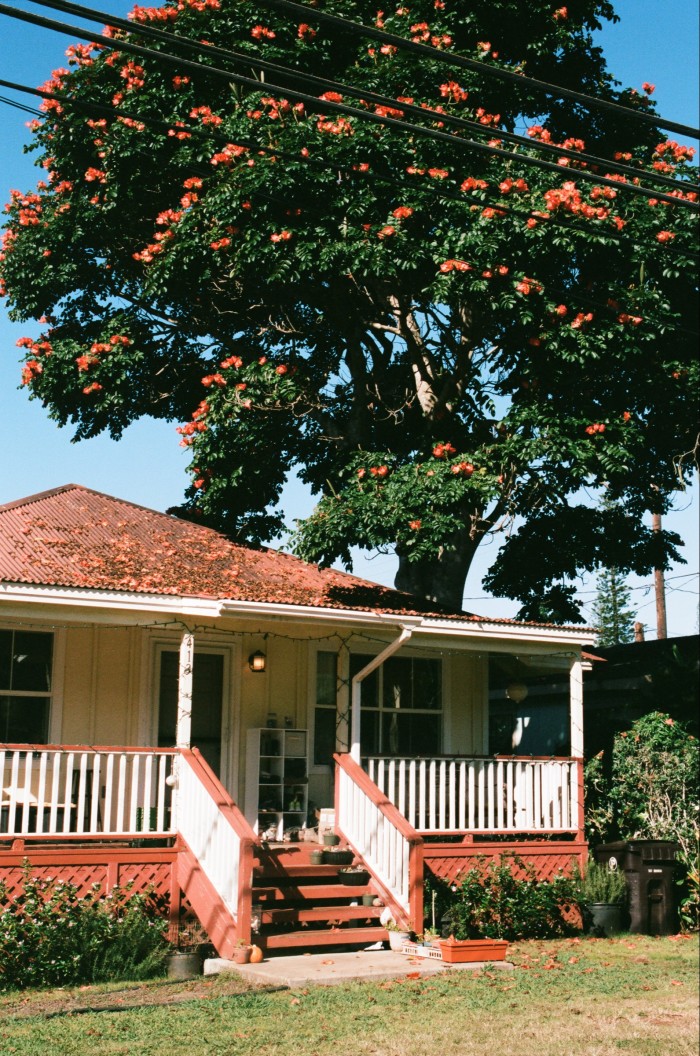
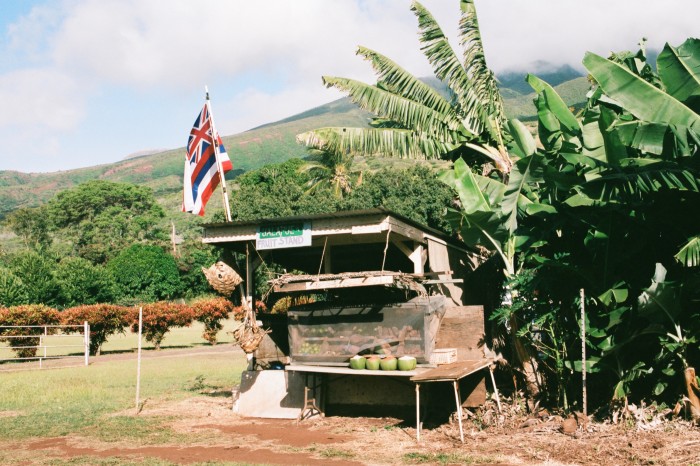
“The richest people in the world are attracted to the Hawaiian Islands,” says Loui, “many with open wallets. Hawaii has to be cautious not to become the refuge for [them to] buy acres and acres of land for personal seclusion in our island state.” Rich non-Hawaiians driving up real estate values “is pricing out local families, and that’s tragic. We need homes for everyone.” This, she says, can be achieved in part through philanthropy – by which she means creating “not just jobs making beds and maintaining luxury properties, but also helping to protect our āina” – which means the land, but it’s to do with the land feeding not only humans but everything else – “and [by] being catalysts for economic diversification”.
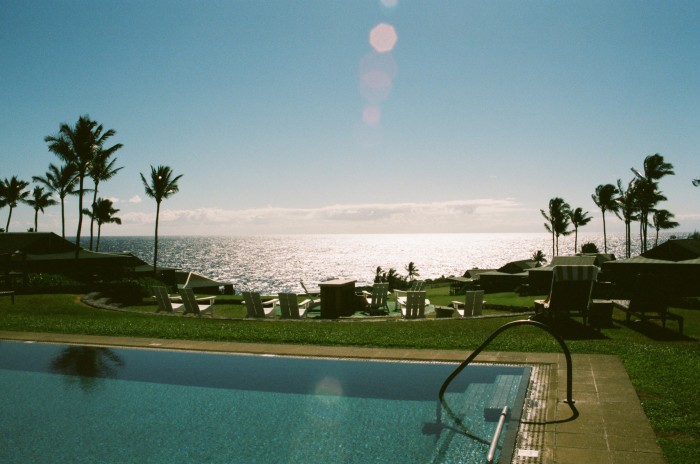
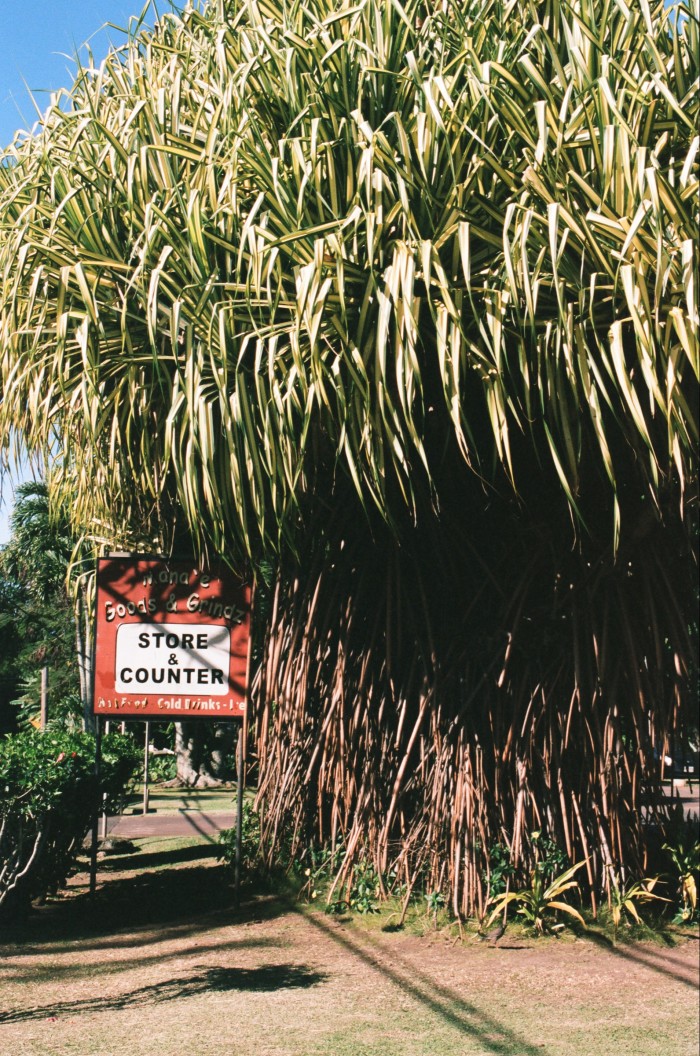
The land I see descending toward the airport in Kona, on the island of Hawaii, is almost all bare lava, dusty charcoal and inky-black flows. This flow, and much of the Kona coast, resulted from the last eruption of the Hualālai volcano in 1800-1801: it is due for another eruption in the next 100 years. From the airport, a helicopter ride takes me over the top to other big shield volcanoes on the island: Mauna Kea (meaning “white mountain” because it is snow-capped but dormant), Mauna Loa (the tallest mountain in the world, if you measure from its base at the bottom of the sea) and Kīlauea, which is among the most active volcanoes in the world.
Up here, looking directly into the fiery cauldrons of Kilauea, I briefly entertain the fantasy that I am looking back in time; looking directly into the hot spot down there in the earth’s mantle, the place from which all of the Hawaiian island chain boiled up to the surface of the sea. And on the one hand, I realise I am leaving Hawaii with the same fears I brought here: about the fragility of life, and our place in it. On the other, there is this bubbling vat of molten glass and gas: the islands, the earth, replenishing and recreating – renewal itself.
Chris Wallace travelled as a guest of Hana-Maui Resort (from about $740) and the Four Seasons Resort Lanai and Four Seasons Resort Hualalai (ffrom $2,575 and $2,270)
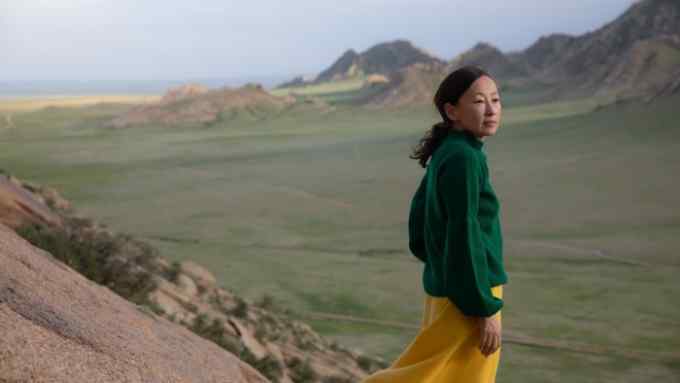
Comments